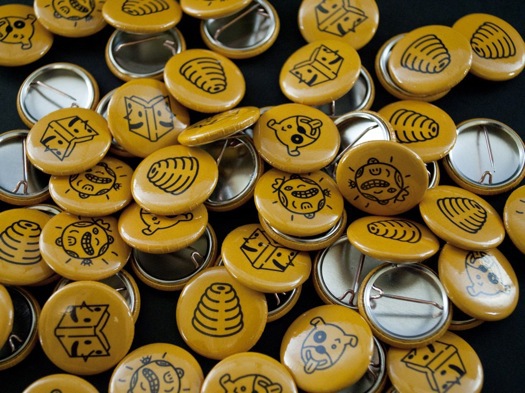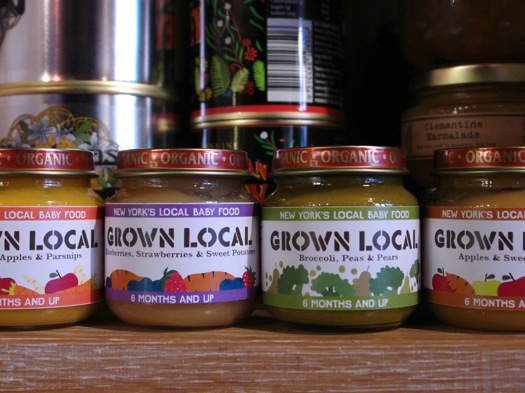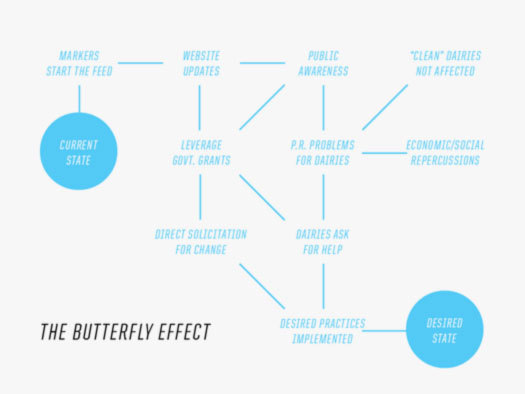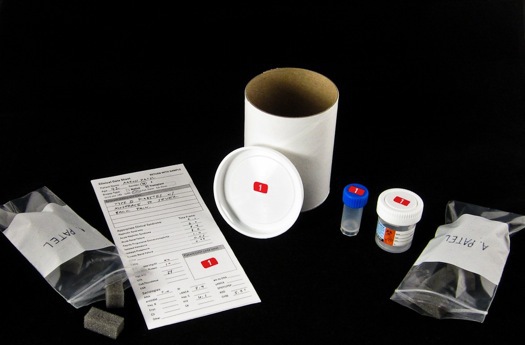Chochinov’s class began by studying SELCO, a Rockefeller Foundation–funded case study on design and social enterprise that was produced for the Yale School of Management with the assistance of Winterhouse Institute.
SELCO tells the story of how a business used innovative products and strategies to sell solar-energy technology to clients in the developing world, including poor households lacking electricity. As described in a summary of the case study, “By the end of its first decade of operation, SELCO had reached more than half a million people by electrifying some 80,000 households, micro-enterprises and community facilities, making it one of the largest photovoltaic (PV) providers in the world.” The case study went on to document SELCO’s growing pains as modest success brought on heightened expectations for profitability and ill-advised business moves. Ultimately, the company regained its course.
Chochinov asked his students to construct their own design-based remedies for social problems, for which they might reconsider conventional structures of distribution, marketing and promotion. The 18 projects ranged from a program to send potted plants to congressional staff members in support of legislation to protect the environment to a campaign to warn parents of adult content on websites. Four examples are detailed below by their designers.
1. BLOCK PARTY: FIXING A DAMAGED POLITICAL SYSTEM

Utah is currently ranked 48th out of 50 for voter turnout in the U.S. Why? The state's caucus/convention system is broken. When it works, the system brings community and neighborhood members together to elect the delegates that will represent them at party conventions. Since fewer delegates vote in conventions than on primary- and general-election slates, their votes carry more weight. Over the years, however, the process has become complex, crowded and subservient to insiders and to individuals with extreme political views.

I decided to try to repair it at the source: the neighborhood. Block Party is a kit for throwing a non-partisan, pre-caucus neighborhood block party. It will be distributed by both Democratic and Republican organizations. The kit contains a guide for hosting a pre-caucus block party, yard signs for advertising, icebreaker buttons and "neighborhood views" cards to be given to the delegates that are elected at the caucus meeting, in the hope that they'll serve the needs of their constituents instead of special interests. The overall goal is to bring politics back to the community and to help people participate in their own neighborhoods. — Michael Croxton
2. GROWN LOCAL: WHY GO OUT OF STATE FOR PRODUCE?

An advocate of eating locally and seasonally, I am bothered by the limited quantity of local produce available at New York City grocery stores, even though dozens of varieties of fruits and vegetables are grown less than 200 miles away. New Yorkers who want to support local agriculture must shop at the city’s farmers’ markets. I set out to find out why, and if there was anything I could do as a designer to help change this situation.
My research led me to various people in the food industry: distributors, buyers, farmers, locavore advocates and consumers. I found that the weak link in the chain was distribution. Most stores want to use large distributors that can provide them with a huge range of products, from dish soap to apples. For their part, distributors don’t want to risk working with small farm operations that may not be able to guarantee sustained high quality of produce.
Instead of trying to create a new distribution system, which was far beyond my expertise, I reconsidered the industry’s existing infrastructure. I created a food brand that would source ingredients from local farms, therefore helping to support and promote local agriculture. The product could have a longer shelf life than raw produce, which would make it more likely for distributors and larger grocery stores to buy it. I chose a target market of parents with young children. Many are hyper-vigilant about their kids’ nutrition and require little convincing to buy a locally made product. From these ideas, Grown Local baby food was born. Though the brand would initially start in New York, the model could easily spread throughout the U.S. — Melissa Gorman
3. HELPING CHESSIE: A CARROT AND STICK FOR FARM-BASED POLLUTERS

I began with the aim of improving the environmental conditions of the Chesapeake Bay. Given the problem’s scope, I focused my attention on the agricultural run-off of the dairy farms along the Susquehanna River in Maryland and Pennsylvania, a body so polluted that one environmental group has labeled it “America’s Most Endangered River.”

After several false starts that centered on raising awareness of hazardous chemicals in the run-off, I adapted the idea of a message in a bottle to design a set of buoys equipped with an SMS for placement along the river. These buoys would monitor and report nitrogen and phosphorus levels to a central location: the Maryland branch of the Chesapeake Bay Foundation. The data would be used to generate a map and website showing the geographical problem areas, making the dairy farms in any offending area "guilty by geographical association."

Broadcasting such information would create public-relations issues for dairy farms in problem areas. Farms practicing healthy habits could easily clear their names, while polluters would be socially pressured to change their ways. Because the agricultural economy isn't the most forgiving, data collected by Chesapeake Bay Foundation could be used to leverage government grants. These grants could be passed on to farms that lacked the financial resources to improve their practices. — Derek Munn
4. RENAL BIOPSY KIT: HEALTH IS IN THE DETAILS

Undiagnosed chronic renal disease (CKD) is a fatal problem in developing regions like India. The World Health Organization's Global Burden of Disease project named CKD the 12th leading cause of death and 17th leading cause of disability in the world. When diagnosed, many of these diseases are treatable and often curable. However, diagnosis through renal biopsy requires expensive lab equipment and highly trained sub-specialized pathologists. Because of this, renal biopsy services are few and far between, and samples must be transported long distances. Currently, there are no specifications for packaging and transporting samples by local courier services. As a result, the risk of damaged samples, case mix-ups and specimen contamination is much higher than it should be.

For my project, I designed a generic renal biopsy kit that provides a safe and standardized system for transporting clinical biopsy samples. My goal was to make the kits as inexpensive and compact as possible. I also wanted them to be clearly organized and easy to use, as well as fully compliant with major courier transportation regulations for shipping clinical samples.

I used stock shipping supplies and medical materials to ensure that the kits would be cheap and easy to assemble. The modified shipping tube container drastically reduces the size of the kit, allowing for eight kits to fit into each FedEx Clinical Pak. By bulk-mailing samples, hospitals and clinics would be able to save on shipping costs. Finally, I redesigned the lab processing instructions and patient information form to fit the new kit and created a case-coding system as a safeguard against potential case mix-ups. — Elliott Walker
